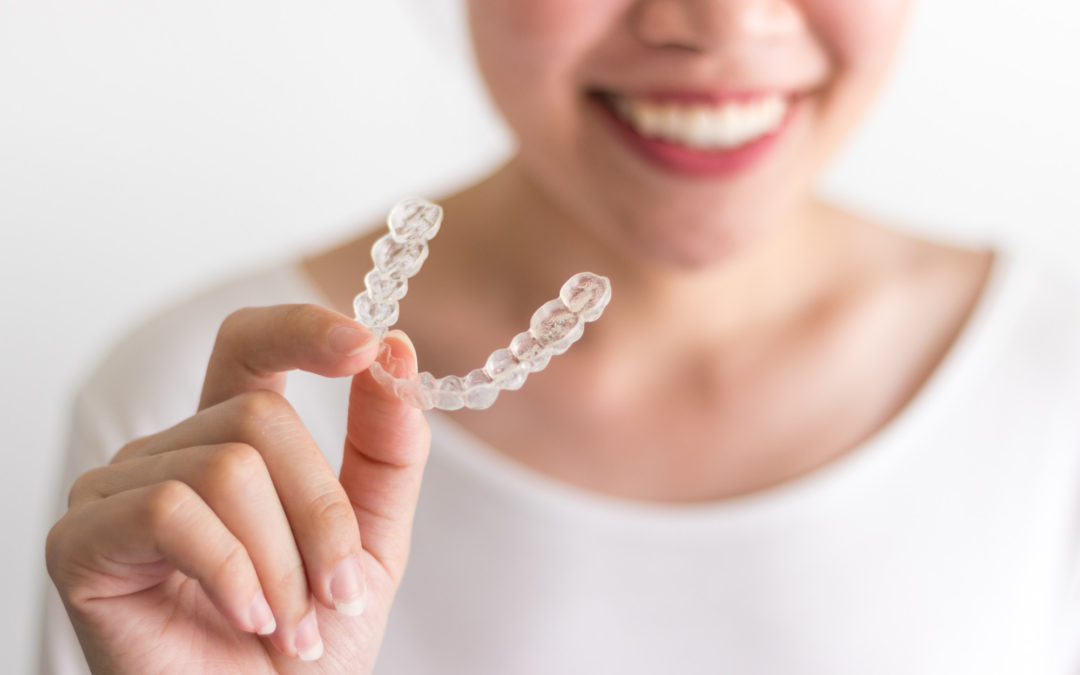Do you need teeth straightening services for yourself or your child?
Having crooked teeth is normal, but it can be embarrassing and potentially cause some health problems in the future if it’s not managed. Lucky for you, there are plenty of options for getting that straight smile of your dreams.
The two most popular ways to straighten teeth are traditional braces and clear aligners (or Invisalign). But which is right for you?
Keep reading to learn all about Invisalign and traditional metal braces so you can make the right decision for your teeth.
Traditional Braces
The most common form of orthodontic treatment is traditional braces. These are the standard metal braces that use brackets and wires to apply pressure and straighten your teeth.
These braces, while traditional, aren’t an inferior option. Let’s talk about some of the great and not-so-great things about traditional braces.
Pros
Metal braces have been around since ancient times (though in different forms), and for good reason. They work. That doesn’t mean that the process is antiquated, though.
Instead, metal braces have been advanced over the years to make them more comfortable, more functional, easier to wear, and more effective. The days of thick wires and uncomfortable headsets for normal teeth straightening are behind us.
Metal braces are great for all orthodontic issues. There are very few things that metal braces can’t cover. They handle a wide range of tooth and jaw problems with ease.
These braces are also great for young children or adults who don’t feel responsible enough to stick to a schedule for aligners (more on that later). You or your child won’t lose metal braces. They’re stuck in place!
Furthermore, metal braces work quickly. While moving your teeth takes time regardless of what you do, serious crowding or spacing may go by faster with metal braces.
Cons
There are, of course, some negatives to metal braces. First, they’re not the most aesthetically-appealing ways to straighten crooked teeth. The wires will be obvious and visible from near and far.
While some kids enjoy the visibility and like to put colorful bands on their braces to make them even more obvious, other children (and adults) tend to want to hide them.
Braces limit the foods that you can eat. Foods that are sticky, hard, or chewy aren’t the best when you have braces. They can get trapped or even pop a wire. This results in another trip to the orthodontist, and potentially a longer treatment time.
Braces are also uncomfortable. While all forms of orthodontic care are uncomfortable (you are, of course, moving your teeth into a new place), braces can cause a lot of pain in the first few days and every time you get your wires adjusted.
They also have the tendency to irritate the gums and tongue with sharp wires, though you can mitigate this issue with wax.
Clear Aligners (Invisalign)
One of the most popular teeth straightening options for teens and adults is Invisalign (or clear aligners). These are invisible “braces” that go over your teeth. They come off when you need to eat and they’re easy to slide back into place.
They’re made of plastic and they aren’t obvious unless someone is very close to you.
Because of their aesthetic appeal, more and more adults are opting to start orthodontic work when they otherwise wouldn’t have.
Pros
The top “pro” of getting Invisalign clear aligners is the aesthetic factor. You can straighten your smile without anyone else noticing that there’s anything in your mouth. They’re invisible in photos and anyone who isn’t talking directly to you won’t see them.
Even if they do see them, the aligners are clear plastic sheets. They make your teeth look shiny and slightly larger, and some people choose to put whitening products in the aligners to make a whiter smile while they get a straighter smile.
In other words, if aesthetics are important to you or you have a big event coming up, Invisalign is a great choice.
There are no foods that you have to avoid with Invisalign. Take out your aligners when you have anything aside from clear liquids and eat all of your favorite snacks. Just make sure that you brush afterward!
Invisalign aligners have come a long way. They’re now able to handle most orthodontic problems, between spacing, bite issues, crowding, and many other issues.
Cons
So what’s not to love about Invisalign?
There’s a certain amount of responsibility that Invisalign patients need to have. With braces, it’s not necessary for you to “keep track” of anything. Your braces are put onto your teeth and you can forget about them until your next trip to the orthodontist.
Invisalign, though, needs some upkeep.
We mentioned that you don’t have to get rid of your favorite foods, and that’s true. You do, however, have to take your aligners out while you’re eating even if you’re in public. You also have to brush your teeth before putting the aligners back in.
You can’t snack all day, as your aligners need to be in for between 20 and 22 hours per day. If you lose a set by placing them in a napkin while you eat, you can disrupt your treatment.
It takes a certain amount of responsibility for Invisalign, so make sure that you (or your child) can be responsible.
While most people are candidates for Invisalign, some are not. Serious cases may require metal braces instead.
Which Teeth Straightening Option Is Right for Your Smile?
Both popular teeth straightening options are great. While teens and adults tend to prefer Invisalign, there’s a reason that braces have been used for so long. They’re effective!
Whichever way you go about it, you’ll end up with a straight and shiny smile.
Are you looking for braces or Invisalign for yourself or your child? No problem, we want to help. Contact us so you can schedule your first visit and start your journey to straighter teeth.



